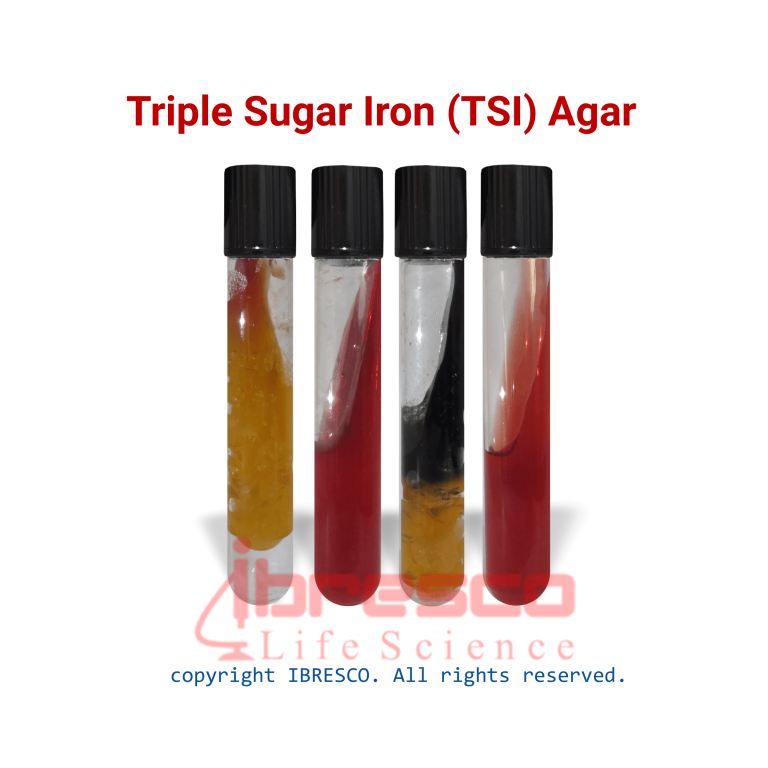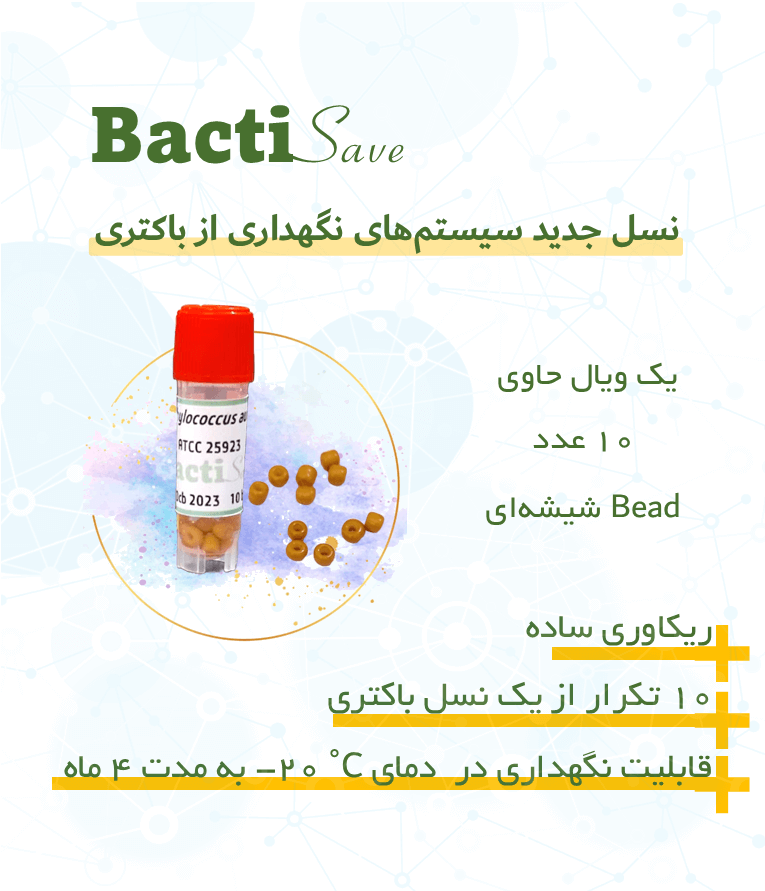Preparation
- Shake the container of Triple sugar iron agar medium well. Dissolve 65 grams of the powder medium in one liter of distilled water. Heat gently until the medium is completely dissolved.
- Pour the heated culture medium into screw-capped tubes and autoclave at 121 degrees Celsius for 15 minutes.
- Place the tubes in a slanted position and wait for the medium to solidify.
STORAGE
The medium powder should be kept tightly closed and stored at temperatures below 30 degrees Celsius, and the medium should be stored at a temperature of 2-8 degrees Celsius. The best time to use is before the expiration date printed on the product label.










